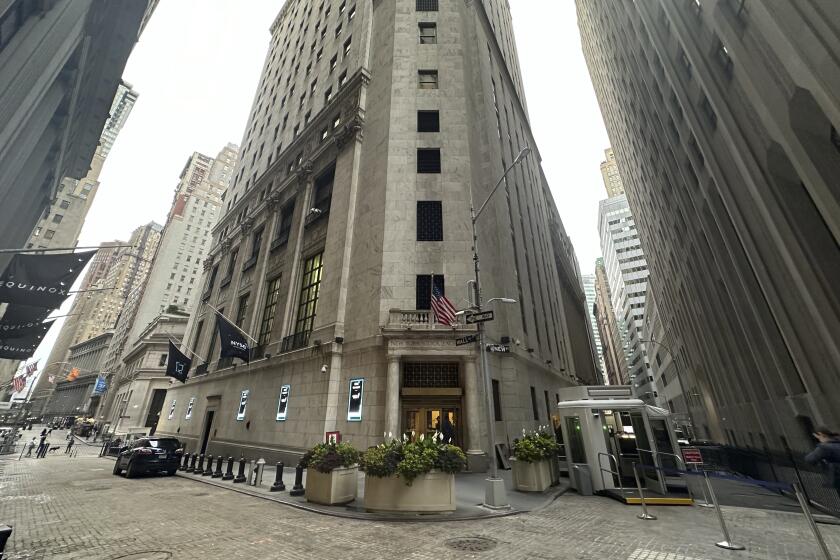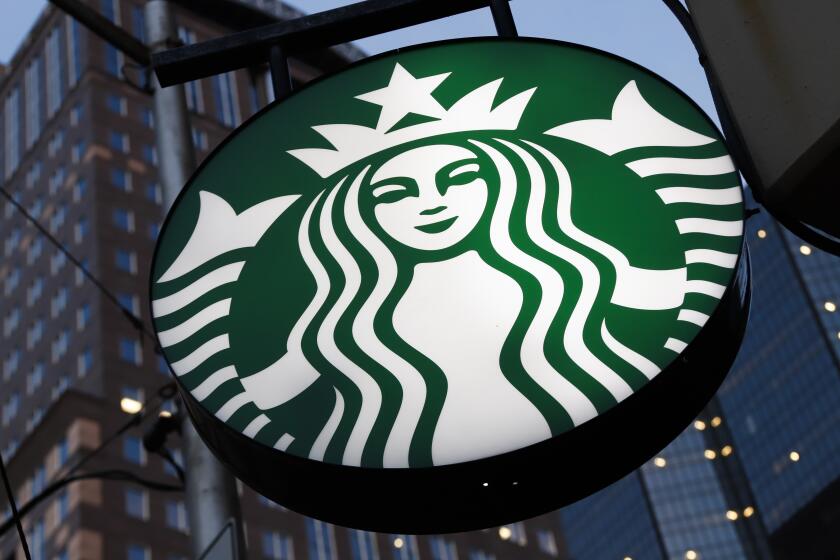How to Save Money When Using Credit Cards
A handful of big banks, responding to lower costs of providing credit, recently announced plans to cut credit card interest rates. Depending on how you handle your personal finances, that could mean extra cash in your pocket.
Credit card rates ought to fall, consumer groups maintain. After all, these rates have stubbornly remained high, even while nearly all other interest rates have dropped precipitously. Now they are out of step with the cost of providing credit, as well as with nearly all other interest rates.
Two years ago, for example, the prime rate--the interest rate banks charge their most credit-worthy customers--was about 11%; rates on auto loans were running about 12.5%; a fixed-rate mortgage cost about 10.5%, and the average credit card rate was 17.25%, according to HSH Associates, which publishes consumer loan information.
Today, the prime rate is just 8.5%. Auto loan rates average under 11.5%; fixed-rate mortgages are available for about 9.75%. Yet credit card interest rates have risen to 17.35%, says HSH.
Nevertheless, consumers should not expect widespread cuts in credit card rates soon, according to the experts.
Why? Costs and consumer demand.
Banks maintain that it costs much more to offer credit cards than other types of loans, because there is simply more labor involved. Every time a consumer charges something, the charge slip must be sent to the bank and entered into a computer, and a statement must be sent out. If there’s an error, the charge must be processed again.
If a card is lost or stolen, banks must notify merchants not to accept it. And if there are significant charges on a stolen card, the bank usually must foot the bill.
Additionally, these loans are risky. Delinquency rates on credit card loans, now above 6%, are often three times higher than on other types of loans.
But costs are only part of the problem. Interest rates also react to consumer spending habits. And the fact is that consumers don’t demand lower rates on their credit cards, said H. Spencer Nilson, editor of the credit card newsletter “The Nilson Report.”
Although some customers say the high rates infuriate them, most don’t stop using their cards in protest. Until they do, banks and retailers have little incentive to lower their rates, Nilson noted.
Regardless of the rates, savvy consumers can save money by playing their “cards” right.
“Consumers can shop around, and sometimes they can save hundreds of dollars,” Nilson said.
How? By realizing there are two costs to a credit card: the annual fee and the interest rate. Some banks charge high interest rates, but low annual fees, or vice versa.
To get the best deal, examine your spending habits. Do you pay off your credit cards each month, or do you maintain a balance? If you pay off the bills, how quickly do you pay?
If you are likely to keep a balance on your credit card, annual interest charges may be more important than up-front fees.
If you pay off the balance each month, a fee-free card may equate to free short-term credit--a great deal.
Also look at “grace periods,” or the time your credit issuer gives you to pay before assessing interest. If there is no grace period, you start running up interest costs even before you get the bill.
Consider carrying two cards. A fee-free credit card with a high rate is good for purchases you plan to pay off quickly, while a card bearing a lower annual interest rate can be used to cover big purchases you can’t handle in one or two payments.
If you want to find low-rate cards, two credit card research outfits offer consumer guides. The Nilson Report has a listing of rates and fees on about 1,300 Visa and MasterCards. To get the Credit Card Locator, send a check for $17 to Consumer Credit Card Rating Service, P.O. Box 5219, Santa Monica, Calif. 90409.
Ram Research publishes a smaller but more timely guide that lists about 500 bank cards. You can buy one copy for $5 or subscribe for 12 annual issues for $50. To order, send your check to Cardtrak, P.O. Box 1700, Frederick, Md. 21702.
EDITOR’S NOTE: Starting this week, Kathy M. Kristof’s Personal Finance column will appear in the Business section during the week, as well as on Sundays.
More to Read
Inside the business of entertainment
The Wide Shot brings you news, analysis and insights on everything from streaming wars to production — and what it all means for the future.
You may occasionally receive promotional content from the Los Angeles Times.










